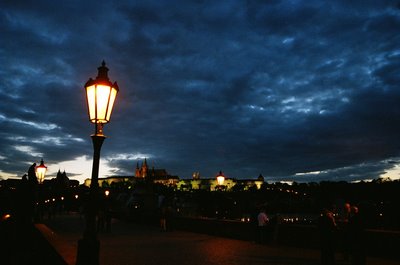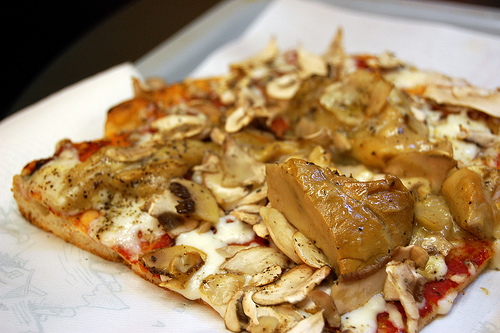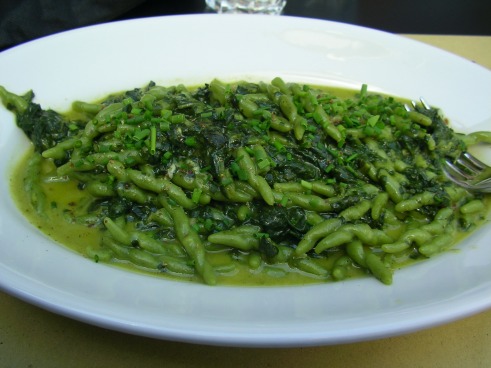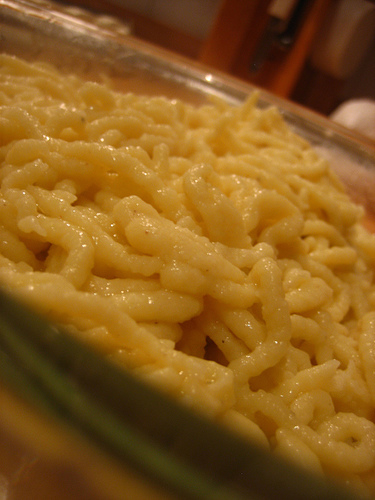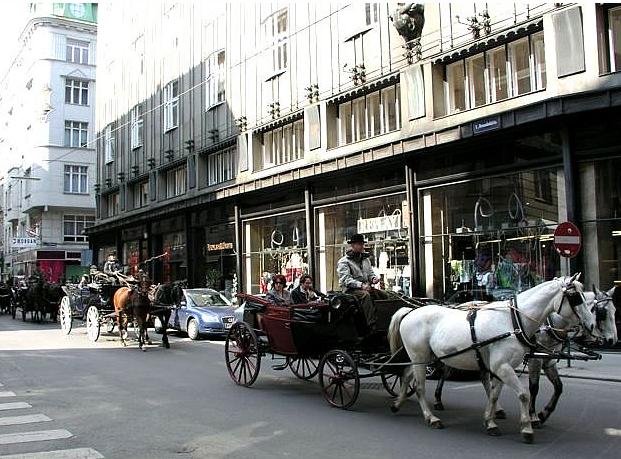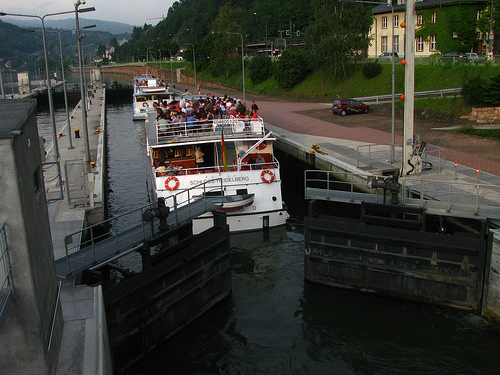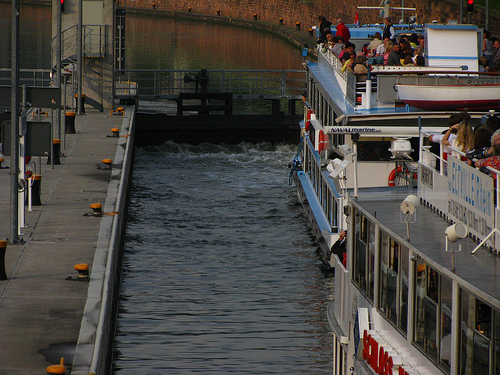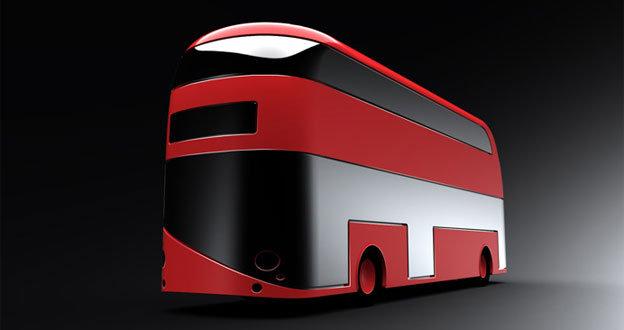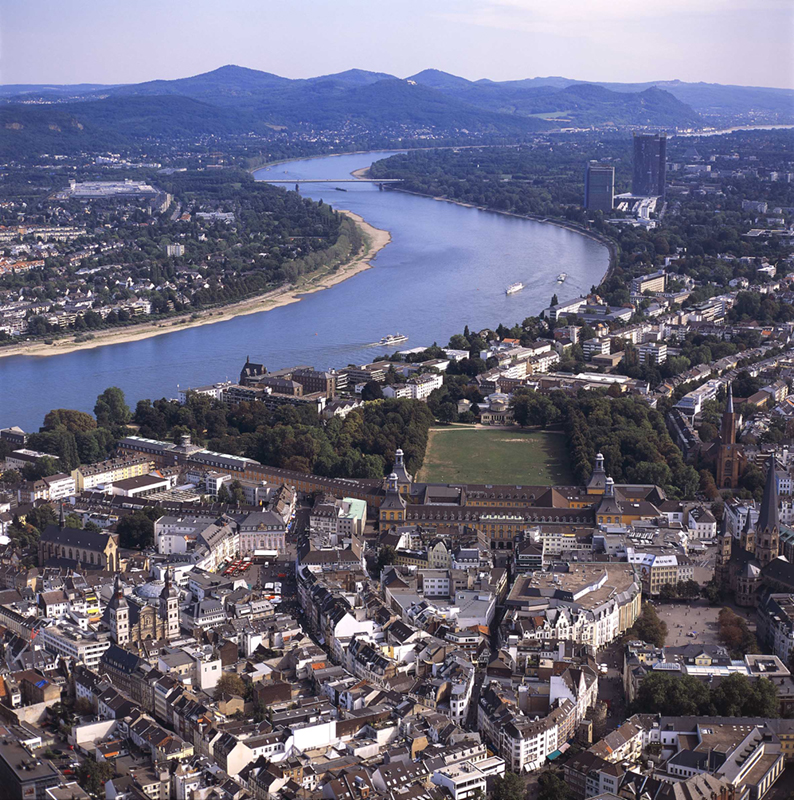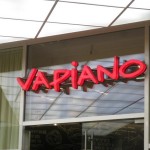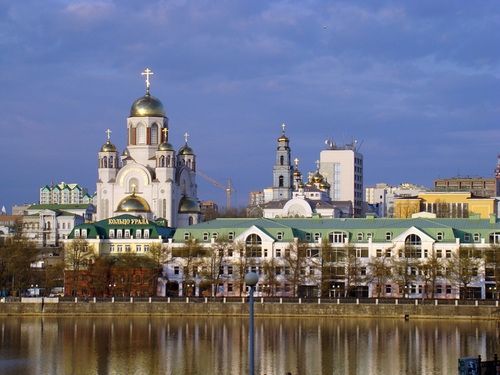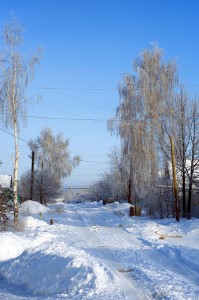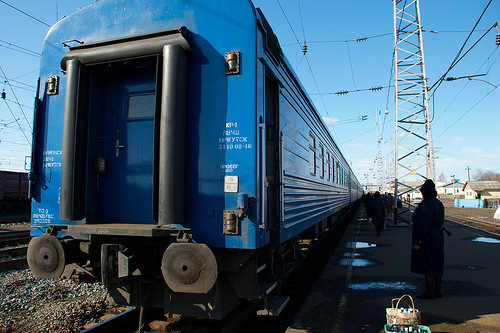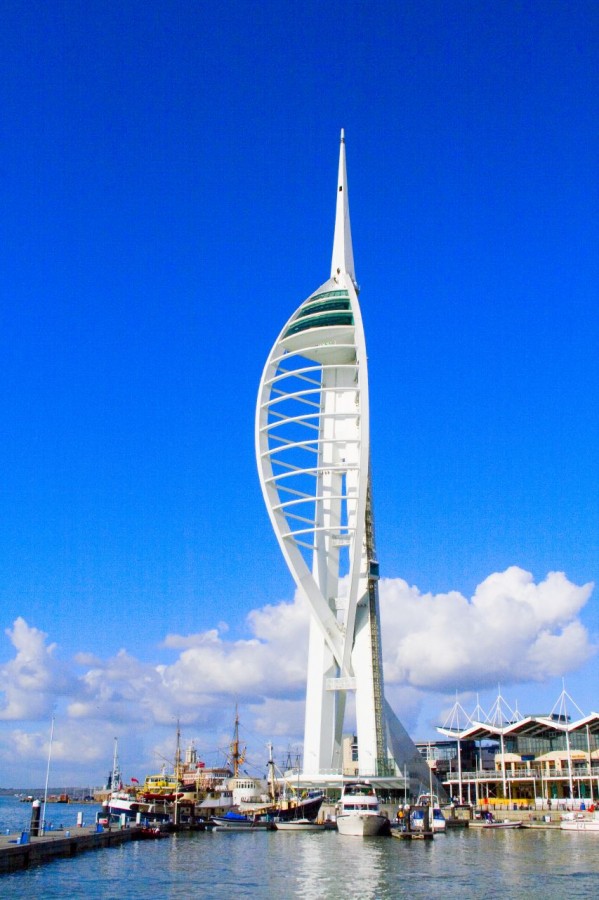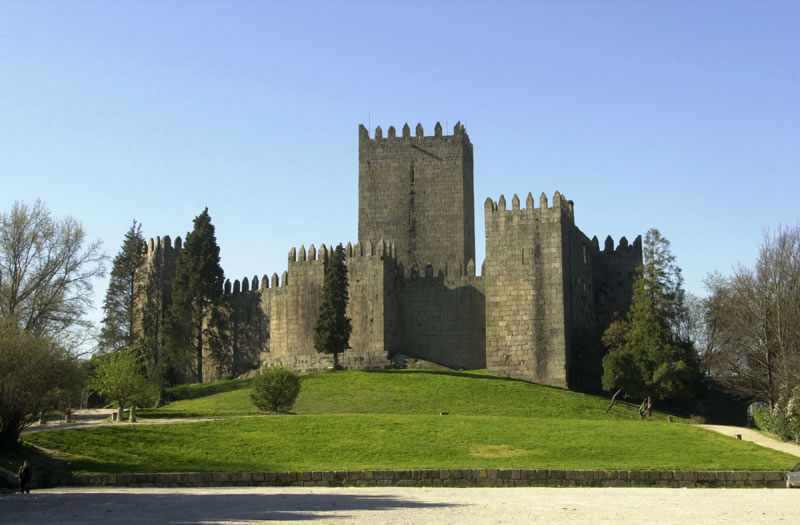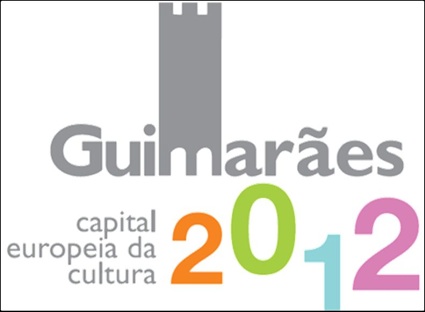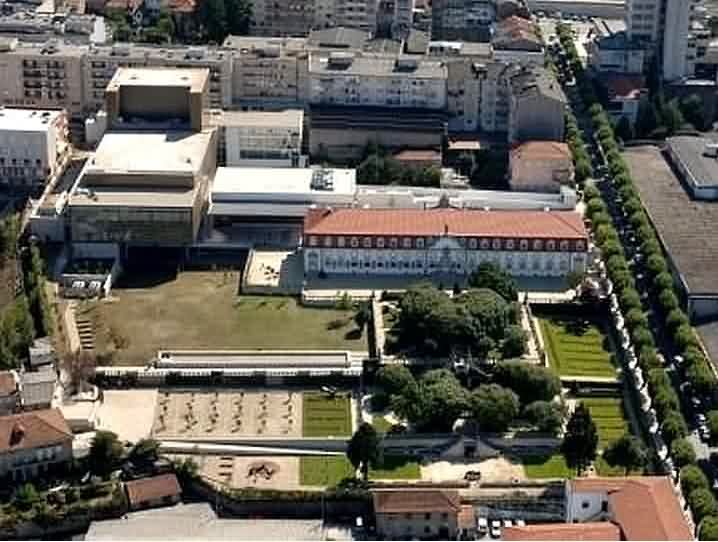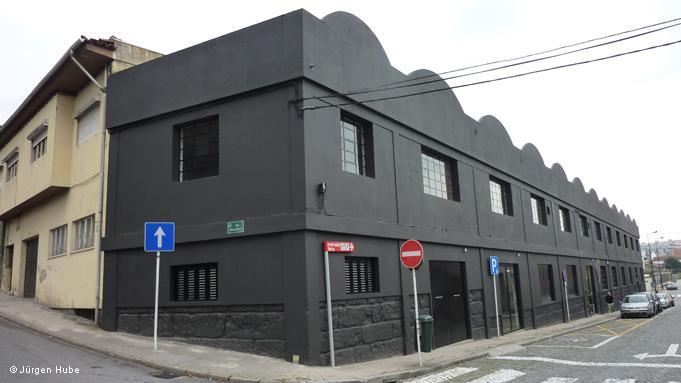This article is written by Shantanu Ghosh.
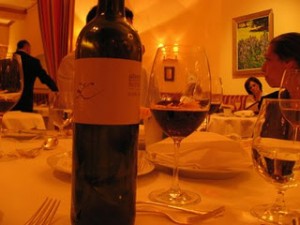 Some of you have been amused I could actually write three posts on Vienna without describing its food in some detail. Actually, I was saving the best for the last! Vienna has much to offer the foodie, more so if you love meat and have a sweet tooth. During my week in this lovely city, I sampled every local delicacy I could find. Between the evenings of fine dining, gourmet coffee at Vienna’s famous cafes and the local desserts, there was enough to keep me content. And of course, there was that evening in an underground wine tavern.
Some of you have been amused I could actually write three posts on Vienna without describing its food in some detail. Actually, I was saving the best for the last! Vienna has much to offer the foodie, more so if you love meat and have a sweet tooth. During my week in this lovely city, I sampled every local delicacy I could find. Between the evenings of fine dining, gourmet coffee at Vienna’s famous cafes and the local desserts, there was enough to keep me content. And of course, there was that evening in an underground wine tavern.
First, let me cover fine dining in Vienna. Armed with recommendations from colleagues who have lived in this city, I ended up in a restaurant that dates back to 1933. A Michelin recommended restaurant, Drei Husaren is located within a block of the famous St. Stephens Cathedral. Started by three hussar-officers, this restaurant changed hands multiple times during its long history. What did not change is its reputation as one of more interesting Viennese restaurants in the old Imperial district.
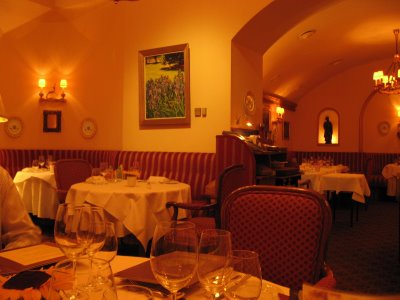
As you enter the restaurant, the warm colors, paintings of old maestroes and period furniture all contribute to setting the mood. Service is formal but impeccable. Fresh bread and a variety of herb butter spreads arrived as we perused the wine list. We finally settled for an Austrian Pinot.
I started with the Boletus Soup. This mushroom soup, made from the seasonal Porcini and topped with Cappuccino foam with slivers of mushroom, was served in a glass. The soup was highly flavored, served at just the right temperature, and was among the best soups I have tasted. What a great beginning to the meal!
A pianist played compositions of the many local greats, we moved to our entrees. They had charged us €5 per person for the live entertainment, but the pianist was gifted – this was Vienna after all!
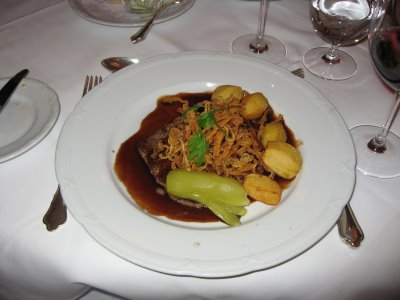 For my entree, I chose the Escalope of beef with crisp onions, Viennese-style sauteed potatoes and gherkin. This was another winner. Chewy, but in a good sort of way, and the meat went very well with the deep fried onion.
For my entree, I chose the Escalope of beef with crisp onions, Viennese-style sauteed potatoes and gherkin. This was another winner. Chewy, but in a good sort of way, and the meat went very well with the deep fried onion.
For dessert, I selected a pancake, The Three Hussars, stuffed with walnuts, and topped with chocolate and strawberry sauce. They also had a Cheese Torte on their menu.
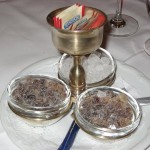 By the time we finished dinner, we had sampled two different reds, both local Austrian wines. While Austria doesn’t export much, they have a vibrant wine culture. In fact like the beer pubs in London and Germany, they have Wine Bars here. Austrians also drink a cider made from a mixture of apples and pear (or only pear). Vienna is the only place – outside India – where I have seen rock sugar offered after dinner with the cheque.
By the time we finished dinner, we had sampled two different reds, both local Austrian wines. While Austria doesn’t export much, they have a vibrant wine culture. In fact like the beer pubs in London and Germany, they have Wine Bars here. Austrians also drink a cider made from a mixture of apples and pear (or only pear). Vienna is the only place – outside India – where I have seen rock sugar offered after dinner with the cheque.
The Drei Husaran is an excellent choice for a special evening in Vienna. The location, the atmosphere and the food are all excellent, as is the service.
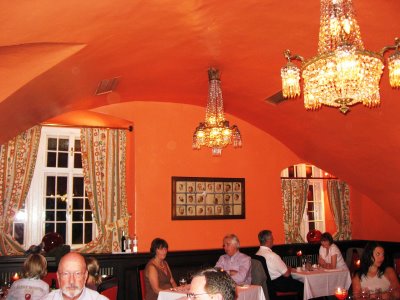 Konig Von Ungarn, Schulerstrasse 10
Konig Von Ungarn, Schulerstrasse 10
My other fine dining experience was on my final night in Vienna. This time we dined at Konig Von Ungarn at Schulerstrasse 10, just behind the St. Stephens Cathedral. Again, a restaurant steeped in history (this hotel dates back to 1746), orange walls, vaulted ceilings, wrought iron adornments and crystal chandeliers – all of which made for a great ambiance. Dignitaries from St. Stephens once used this place as a guesthouse and horse stables. Of course, these royal visitors also appreciated good cooking. Also, just above this hotel is an apartment where Mozart once lived and composed some of his famous music.
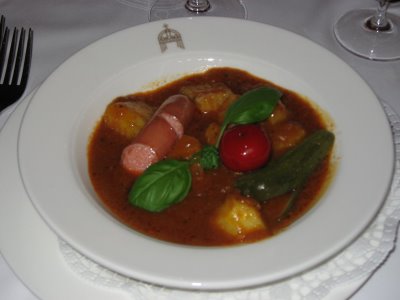
Potato Goulash with grilled turkey sausages
This time, I started with a Potato Goulash with grilled turkey sausages. Please note they also have an interesting hors d’œuvre trolley from which you can select too. I have noticed that goulash is a safe choice in Vienna – I have never been disappointed and tonight was no different. The breads here come with butter and peppers!
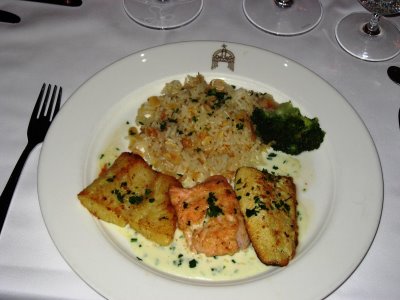
Grilled Variation of Fish with truffle oil sauce and almond butter rice.
For my entree I selected the Grilled Variation of Fish with truffle oil sauce and almond butter rice. This dish contained three types of grilled fish – pike, perch, salmon. I loved this dish. The fish was fresh, it was fun to taste the different fillets on the plate at the same time. The sauce complimented the fish and the almond butter rice was wonderful too. All of this with a locally grown ruby red Cabernet Sauvigon that went well with the entree
I chose a Dessert Sampler that had a pudding in vanilla sauce, a chocolate soufflé, and coffee ice-cream with apricot jam. During desserts, they wheel another trolley, this time with a variety of brandies and other digestifs.
At the Konig Von Ungarn, food was good and the ambiance was excellent, but the service was somewhat lacking; the staff was friendly but they kept mixing up the orders. Among the two places I have reviewed here, I would rate the Drei Husaren higher for this reason.
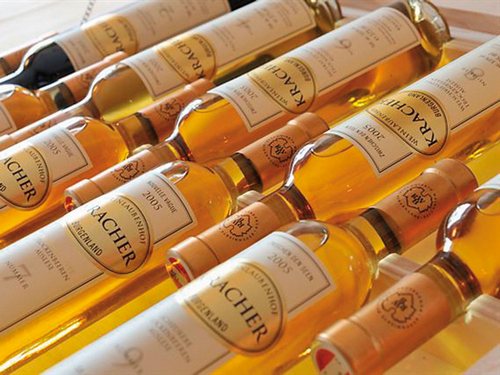
Incidentally, if you enjoy dessert wines, you must try the Austrian Kracher. This wine is made from Welschriesling grapes, which have nothing to do with Riesling, and Chardonnay, which are unusual in a sweet wine. I enjoyed this revered wine, of all places, on my return flight on Austrian Airlines!
Shantanu Ghosh
7 Sept 2008
http://www.shantanughosh.com/2008/09/foodie-in-vienna-part-i.html
Average Rating: 4.9 out of 5 based on 199 user reviews.
